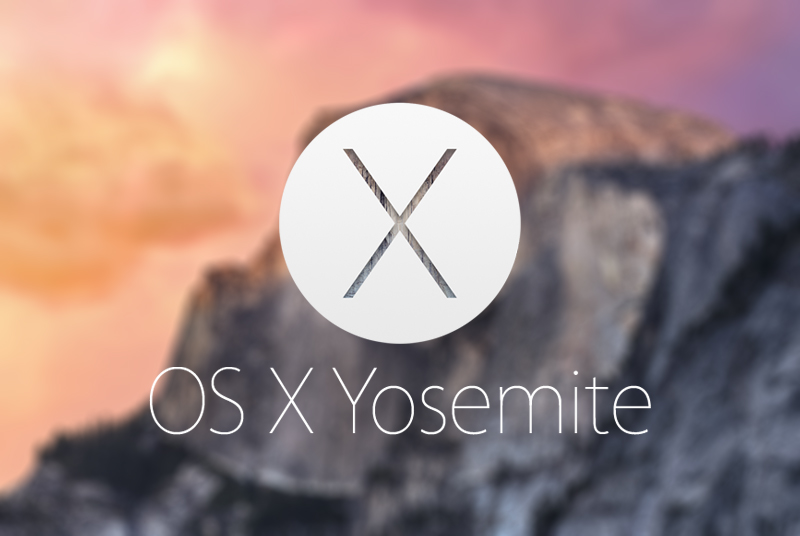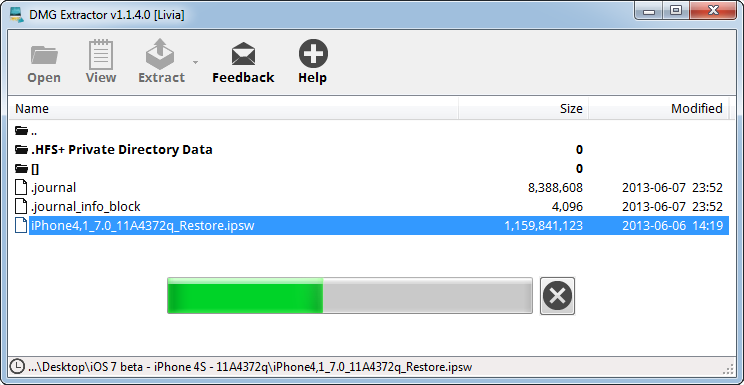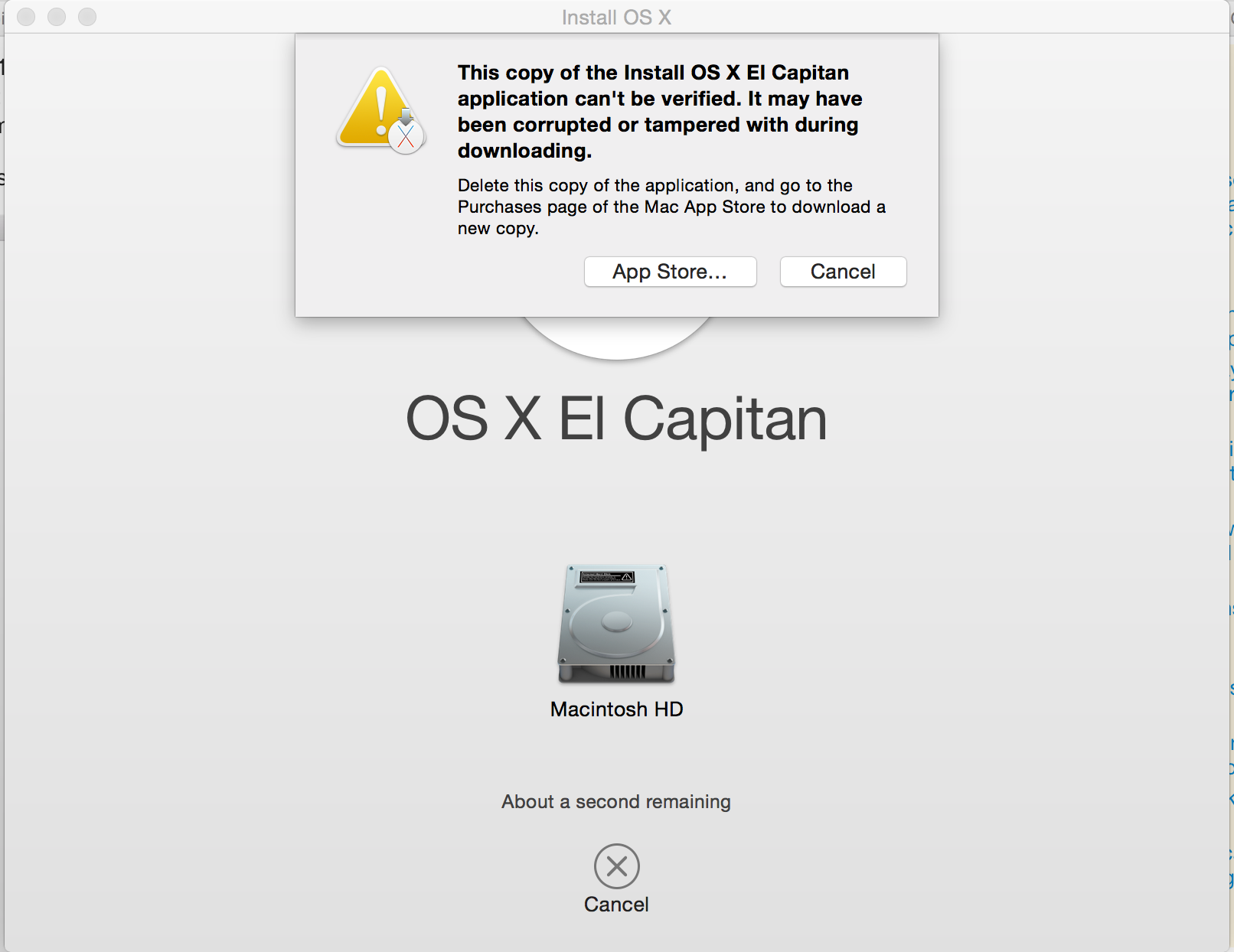3) Create a bootable USB flash drive with a storage size of at least 8GB. 4) Download OS X 10.10 Yosemite Final from the Mac App Store and save it to the Applications folder – its default location. How to Create Bootable USB Flash Drive First, create bootable USB flash drive. Here is how you do it. How to Download Mac OS X 10.10 Yosemite.DMG file for Mac OS X 10.10 Yosemite has been provided below for a download, which is enough to get this OS for both system architectures. Step 3: Install R-Drive (in the hand). Step 4: Now expand the image 10.10.1.usb.arc to any Bootable USB flash drive or Bootable DVD for manual installation. To create a bootable USB drive from a DMG file on Windows, you will need to have the right utility. That's because DMG is not native on Windows. It is the Mac equivalent of an ISO file that has been in use since Apple transitioned from the IMG format with Mac OS X. A DMG file, like ISO, can be used to install macOS operating system or Mac apps. Very shortly, in this article, we show 3 possible ways to download Yosemite 10.10.DMG, then convert Yosemite.DMG to Yosemite.ISO (available solutions in both Mac OS X and Windows). I recommend making one for Yosemite, on an external hard drive or USB thumb drive, for many of the same reasons I recommend making a bootable Mavericks installer. Run “DiskMaker X”, then choose “OS X Yosemite” when you are asked which version of OS X you want to make a boot disk. Aug 24, 2017 How to Create a Mac OS X USB Boot Drive on Windows - Duration. How to Make Bootable USB drive with.DMG for Tiger, Leopard, Lion. How to do a Clean Install of OS X Yosemite from USB.
As a note - the file OS X Yosemite 10.10 build 14A389 dmg.dmg was located in the Trash. When the.dmg is expanded it creates a file named 'macvexe'. I also saved this.dmg file to the HD of my iMac and also to my external HD. Mac OS X 10.10 Yosemite: Product’s Review: Yosemite Zone 10.10.1 Dmg Download. Very shortly, in this article, we show 3 possible ways to download Yosemite 10.10.DMG, then convert Yosemite.DMG to Yosemite.ISO (available solutions in both Mac OS X and Windows). May 07, 2018 I wanted to share a method I've borrowed (and tweaked) from other sites in regards to making a bootable Yosemite installation DVD that works. Dear Hackintosh Expert, I had download a Yosemite-zone.dmg and restore it into an USB by transmac and make it bootable in most PC desktop. I installed it into a Lenovo M57 desktop amd it works fine.( Sound card, video, LAN Card & even USB WiFi card) I then try to install it into my new laptop and the nightmare had started.
Bootable USB Installers for OS X Mavericks, Yosemite, El Capitan, and Sierra
Mac Os Yosemite Iso Download
First, review this introductory article: Create a bootable installer for macOS. Second, see this How To outline for creating a bootable El Capitan installer. Simply replace the Terminal command with the one from the preceding article by copying it into the Terminal window. You will need an 8GB or larger USB flash drive that has been partitioned and formatted for use with OS X.
Drive Partition and Format
- Open Disk Utility in the Utilities' folder.
- After Disk Utility loads select the drive (out-dented entry with the mfg.'s ID and size) from the side list.
- Click on the Erase tab in the Disk Utility toolbar. Name the drive, 'MyVolume'. <---- IMPORTANT!
- In the drop down panel set the partition scheme to GUID. Set the Format type to Mac OS Extended (Journaled.)
- Click on the Apply button and wait for the Done button to activate. When it does click on it.
- Quit Disk Utility.
Create Installer
Open the Terminal in the Utilities' folder. Choose the appropriate command line (in red) depending upon what OS X installer you want. Paste that entire command line from below at the Terminal's prompt:
Command for macOS High Sierra:
sudo /Applications/Install macOS High Sierra.app/Contents/Resources/createinstallmedia --volume /Volumes/MyVolume --applicationpath /Applications/Install macOS High Sierra.app
Command for macOS Sierra:
sudo /Applications/Install macOS Sierra.app/Contents/Resources/createinstallmedia --volume /Volumes/MyVolume --applicationpath /Applications/Install macOS Sierra.app
Command for El Capitan:

sudo /Applications/Install OS X El Capitan.app/Contents/Resources/createinstallmedia --volume /Volumes/MyVolume --applicationpath /Applications/Install OS X El Capitan.app
Command for Yosemite:
sudo /Applications/Install OS X Yosemite.app/Contents/Resources/createinstallmedia --volume /Volumes/MyVolume --applicationpath /Applications/Install OS X Yosemite.app
Os X Yosemite 10.10.2 Bootable Usb Dmg File Free
Command for Mavericks:
Os X Yosemite 10.10.2 Bootable Usb Dmg File Download
sudo /Applications/Install OS X Mavericks.app/Contents/Resources/createinstallmedia --volume /Volumes/MyVolume --applicationpath /Applications/Install OS X Mavericks.app
Os X Yosemite 10.10.2 Bootable Usb Dmg File Windows 10
Press RETURN. You will be asked for your admin password. It will not echo to the Terminal window. Then press RETURN again. Wait for the return of the Terminal prompt signifying the process has completed. It takes quite some time to finish. Be patient.
Os X Yosemite 10.10.2 Bootable Usb Dmg Files
Sep 13, 2018 1:16 PM
This tutorial is going to show you how to create or restore Mac OS X dmg file into a USB flash disk. In other case, we can create Mac OS X bootable flash disk with this method. I am using Trans Mac version 11.1 on this tutorial. Trans Mac is a Windows application that can be used to restore dmg files and create Mac bootable USB disk. Bejeweled 3 free. download full version crack.
TransMac features:
- Open Mac format disk drives, flash drives, CD/DVD/Blu-ray media, dmg, dmgpart, sparseimage and sparsebundle files.
- Copy files to Mac disks and dmg images.
- Format for Mac and restore disks and flash drives.
- Create, compress and expand (convert to iso) dmg files.
- Built in media burner functionality to burn ISO and dmg files directly to CD/DVD/Blu-Ray.
- Read Mac multi
1. Download TransMac from the official website. You may try this software for 14 days for free
2. Install TransMac on Windows
3. Insert USB disk and then Open TransMac. Right click onthe USB Flash disk and select Format Disk for Mac. Please note that this command will erase the entire disk and format it.
The workaround is to create a bootable USB flash drive containing the OS X Yosemite installer. While it's easiest to use a USB flash drive as the destination for the installer, you can use any bootable media, including hard drives, SSDs, and USB flash drives. WizDMG offers an intuitive interface with no clutter and full functionality to handle DMG files. Apart from burning such disk image files to DVD/CD or USB, it also gives you edit options where you can add and remove files from within the DMG file, rename DMG files and even create DMGs from files and folders on your desktop.
Create an El Capitan Installer ISO with VirtualBox from the Recovery image; Create other Installer USBs from El Capitan in VirtualBox; Create the Recovery ISO. The Apple download contains a recovery image called BaseSystem.dmg which needs to be copied to a correctly partitions and formatted recovery USB or ISO. Download the OS X El Capitan. Once your USB drive is done formatting, right-click it again and click “Restore with Disk Image”. A file selection window will pop up; choose your Yosemite Zone disk image file (it will probably be called “Yosemite-Zone.dmg”), and proceed. Now, TransMac will write Yosemite Zone onto your USB drive. Use the Restore Disk Image to Drive dialog box to browse for the DMG file with the installation files for Mac OS X Yosemite in this case, and click the OK button to create a bootable USB of the operating system. Now, you’ll have to wait a long time.

4. Once finished, right click on the usb disk again and select Restore with Disk Image
Browse your DMG file and press OK.
These advanced steps are primarily for system administrators and others who are familiar with the command line. You don't need a bootable installer to upgrade macOS or reinstall macOS, but it can be useful when you want to install on multiple computers without downloading the installer each time.
What you need to create a bootable installer
- A USB flash drive or other secondary volume formatted as Mac OS Extended, with at least 14GB of available storage
- A downloaded installer for macOS Big Sur, Catalina, Mojave, High Sierra, or El Capitan
Download macOS
Create Yosemite Usb From Dmg Usb
- Download: macOS Big Sur, macOS Catalina, macOS Mojave, or macOS High Sierra
These download to your Applications folder as an app named Install macOS [version name]. If the installer opens after downloading, quit it without continuing installation. To get the correct installer, download from a Mac that is using macOS Sierra 10.12.5 or later, or El Capitan 10.11.6. Enterprise administrators, please download from Apple, not a locally hosted software-update server. - Download: OS X El Capitan
This downloads as a disk image named InstallMacOSX.dmg. On a Mac that is compatible with El Capitan, open the disk image and run the installer within, named InstallMacOSX.pkg. It installs an app named Install OS X El Capitan into your Applications folder. You will create the bootable installer from this app, not from the disk image or .pkg installer.
Use the 'createinstallmedia' command in Terminal
- Connect the USB flash drive or other volume that you're using for the bootable installer.
- Open Terminal, which is in the Utilities folder of your Applications folder.
- Type or paste one of the following commands in Terminal. These assume that the installer is in your Applications folder, and MyVolume is the name of the USB flash drive or other volume you're using. If it has a different name, replace
MyVolumein these commands with the name of your volume.
Big Sur:*

Catalina:*
Mojave:*
High Sierra:*
El Capitan:
* If your Mac is using macOS Sierra or earlier, include the --applicationpath argument and installer path, similar to the way this is done in the command for El Capitan.
After typing the command:
- Press Return to enter the command.
- When prompted, type your administrator password and press Return again. Terminal doesn't show any characters as you type your password.
- When prompted, type
Yto confirm that you want to erase the volume, then press Return. Terminal shows the progress as the volume is erased. - After the volume is erased, you may see an alert that Terminal would like to access files on a removable volume. Click OK to allow the copy to proceed.
- When Terminal says that it's done, the volume will have the same name as the installer you downloaded, such as Install macOS Big Sur. You can now quit Terminal and eject the volume.
Use the bootable installer
Determine whether you're using a Mac with Apple silicon, then follow the appropriate steps:
Apple silicon
- Plug the bootable installer into a Mac that is connected to the internet and compatible with the version of macOS you're installing.
- Turn on your Mac and continue to hold the power button until you see the startup options window, which shows your bootable volumes and a gear icon labled Options.
- Select the volume containing the bootable installer, then click Continue.
- When the macOS installer opens, follow the onscreen instructions.
Intel processor
- Plug the bootable installer into a Mac that is connected to the internet and compatible with the version of macOS you're installing.
- Press and hold the Option (Alt) ⌥ key immediately after turning on or restarting your Mac.
- Release the Option key when you see a dark screen showing your bootable volumes.
- Select the volume containing the bootable installer. Then click the up arrow or press Return.
If you can't start up from the bootable installer, make sure that the External Boot setting in Startup Security Utility is set to allow booting from external media. - Choose your language, if prompted.
- Select Install macOS (or Install OS X) from the Utilities window, then click Continue and follow the onscreen instructions.
Learn more
Mac Os X Yosemite Dmg Bootable
For more information about the createinstallmedia command and the arguments that you can use with it, make sure that the macOS installer is in your Applications folder, then enter the appropriate path in Terminal:
- Big Sur: /Applications/Install macOS Big Sur.app/Contents/Resources/createinstallmedia
- Catalina: /Applications/Install macOS Catalina.app/Contents/Resources/createinstallmedia
- Mojave: /Applications/Install macOS Mojave.app/Contents/Resources/createinstallmedia
- High Sierra: /Applications/Install macOS High Sierra.app/Contents/Resources/createinstallmedia
- El Capitan: /Applications/Install OS X El Capitan.app/Contents/Resources/createinstallmedia
Create Yosemite Usb From Dmg Windows 10
Download Yosemite Dmg Bootable Usb
A bootable installer doesn't download macOS from the internet, but it does require an internet connection to get firmware and other information specific to the Mac model.